1, What is an Air Hose?
Most are familiar with an air hose through the use of an air compressor, which is connected to another device via a hose. Even if some people do not own an air compressor, car owners have likely used one at one time or another to inflate tires. They are often found at a fueling station where air can be obtained for no charge or for a small fee.
An air hose is a device used to deliver air to a product such as an air tool or air compressor. The uses of an air hose run the gambit from recreational uses to life-saving devices and cover many points in between. Most air hoses are made to be durable because their ability to remain airtight is critical to proper operation.
2, Choosing The Right AIR HOSE For Your Compressor.
Getting yourself a quality air compressor hose is essential to ensure stable air pressure, a tight seal, and a consistent power output, but with a huge range of variety of hoses available on the market, it can be difficult to know where to start when making your selection. Whether you’re a home or professional air compressor user, you’ll need a dependable air hose to get the most out of your air tools. Use these guidelines to ensure you make an informed decision in choosing an air hose that’s efficient, reliable, and suitable for your applications.
We measure air hoses by their internal diameter (or I.D), and come in standard sizes of ¼”, ⅜” or ½” or metric sizes of 6mm, 8mm, or 10mm. Simply speaking, the larger the hose I.D, the more air it’ll be able to carry. Since higher ID correlates to higher air capacity, While the external diameter of air hoses will vary wildly depending on the quality of the hose and the material it’s made from, common internal sizes of air hose are 6mm, 8mm and 10mm internal diameter.
3, What Material Should Air Hose Be Made From?
The material of which an air hose is made will affect its weight, performance, longevity, and flexibility, so it’s crucial to understand the differences in materials before making a decision to purchase a new hose. We’ve put together this quick-select table so you can see the difference between the options.
| PVC | Rubber | Polyurethane(PU) | |
|---|---|---|---|
| Durability & Flexibility | Flexible and a little kink | Naturally abrasion resistant. Lies flat and doesn’t kink. Very durable. | Less flexible however they make fantastic recoil hoses. |
| Weight | Very light and easy to transport. ~1/4th the weight of rubber. | The heaviest type of air hose | Very light and easy to transport. ~1/4th the weight of rubber. |
| Cold weather | Poor cold weather performance. ~ -5°C(23°F). | Mediocre performance in the cold. ~ -20°C(-4°F). | Excellent performance, in the minus range. ~ -30°C(-22°F). |
| Application | Medium duty usage. PVC is preferable over rubber, purely because of the reduced weight. | Regular to heavy-duty use. Suitable for industrial, agricultural, professional, and home settings. | Durable and hard-wearing, making it useful for high-pressure applications. Not as flexible as rubber or PVC. |
| Price | Affordable price, large dosage | Very dependable medium-budget hoses. | Higher than PVC and rubber materials |

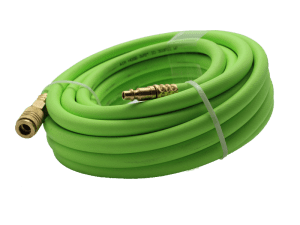
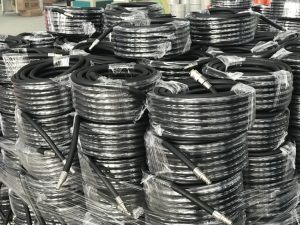
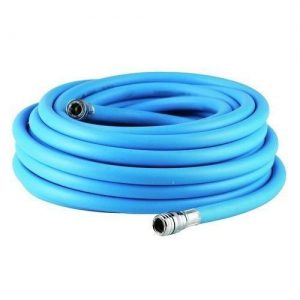
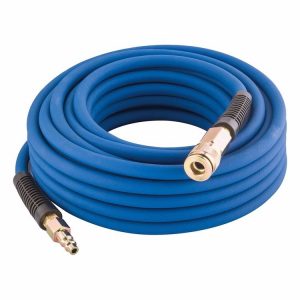
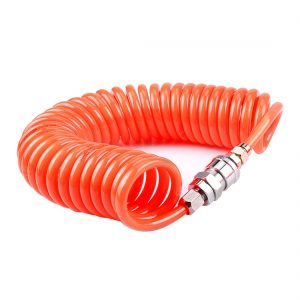
 sunhose
sunhose SUNHOSE
SUNHOSE